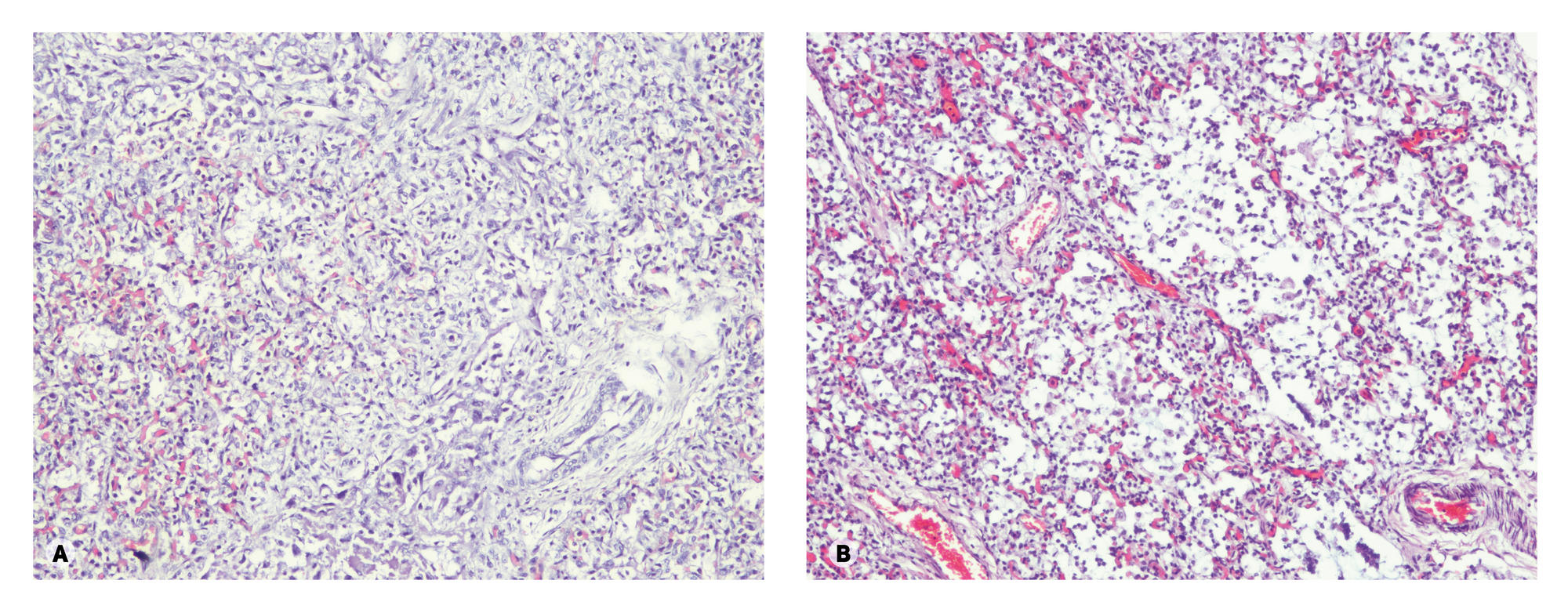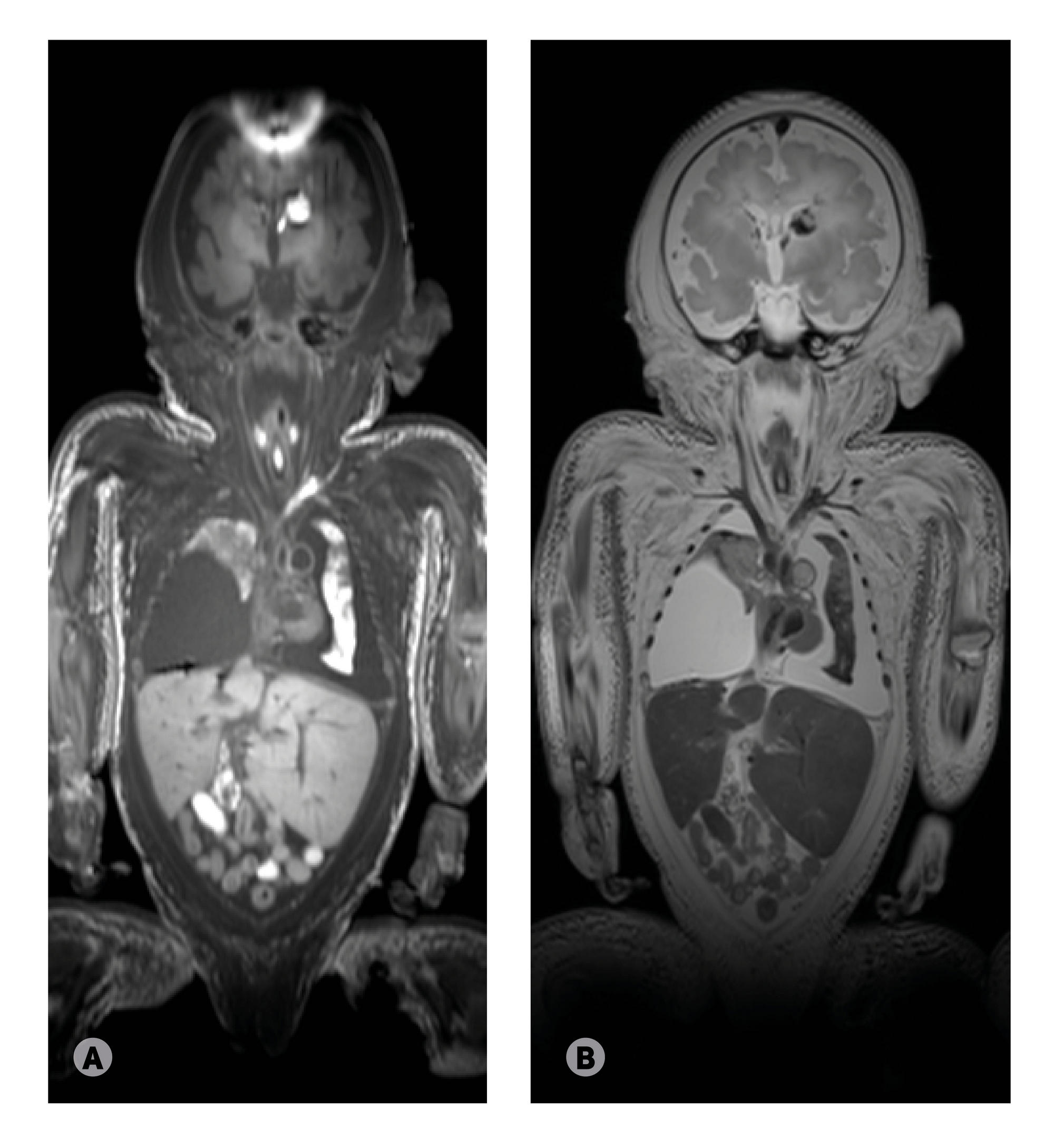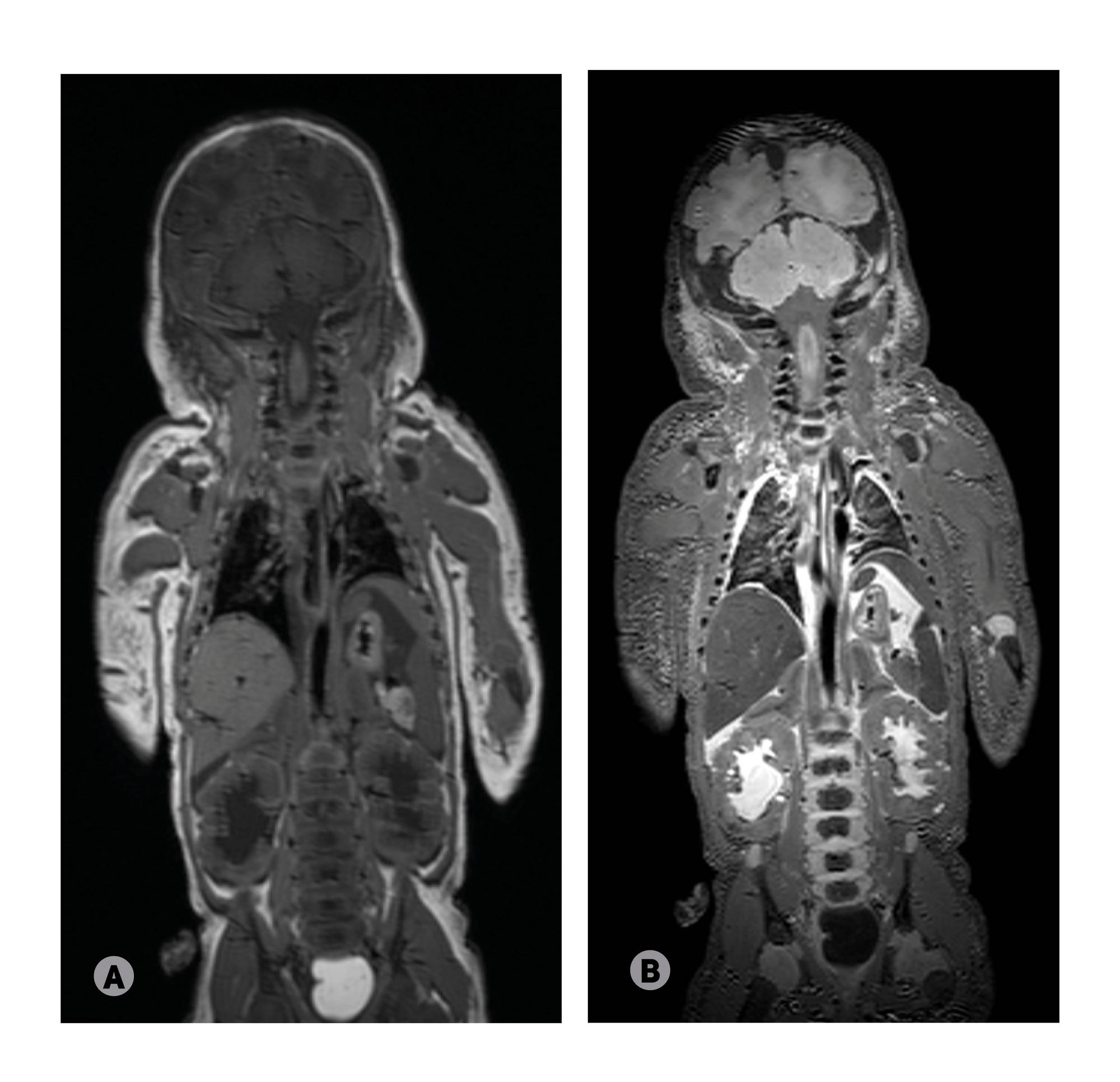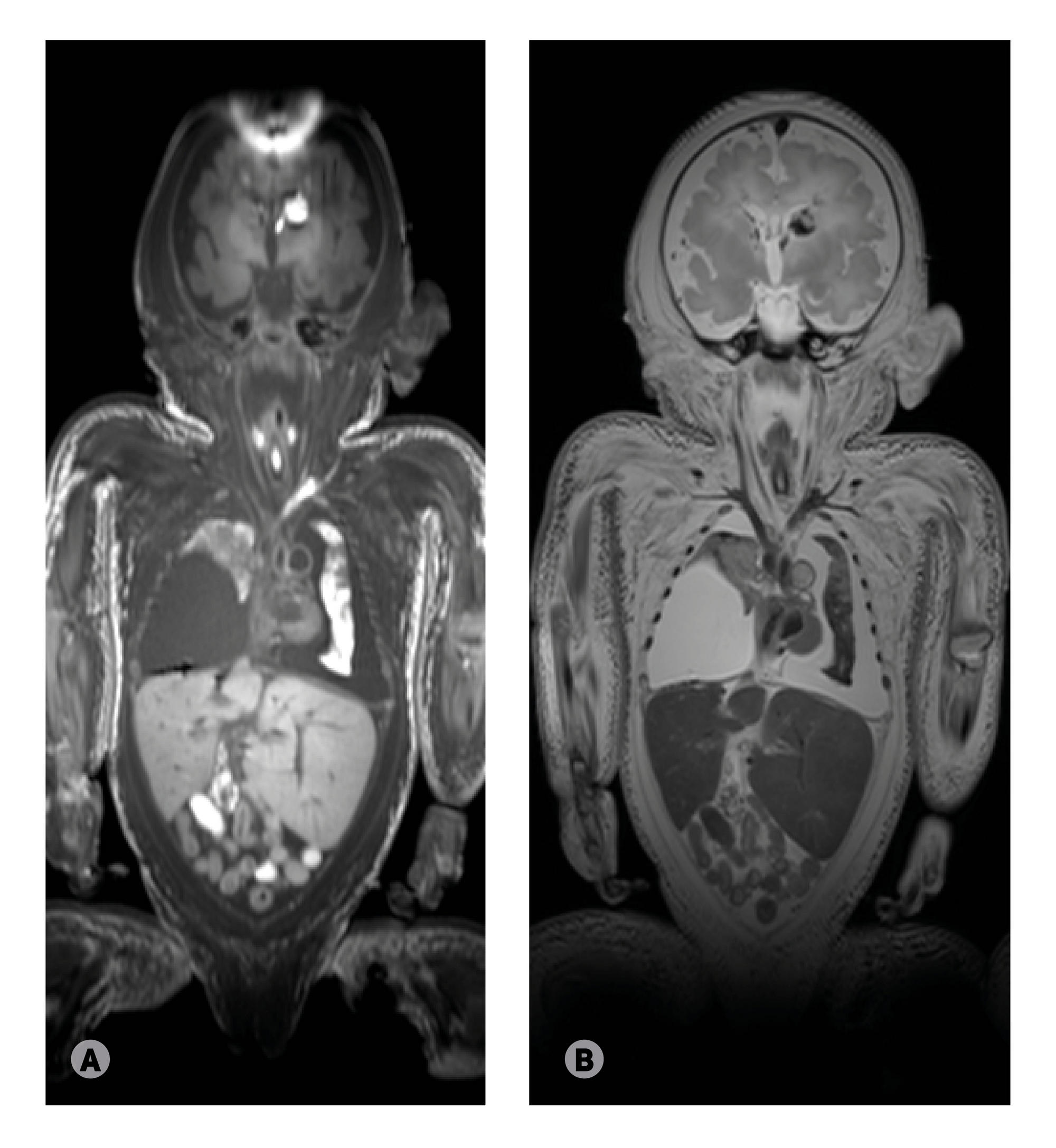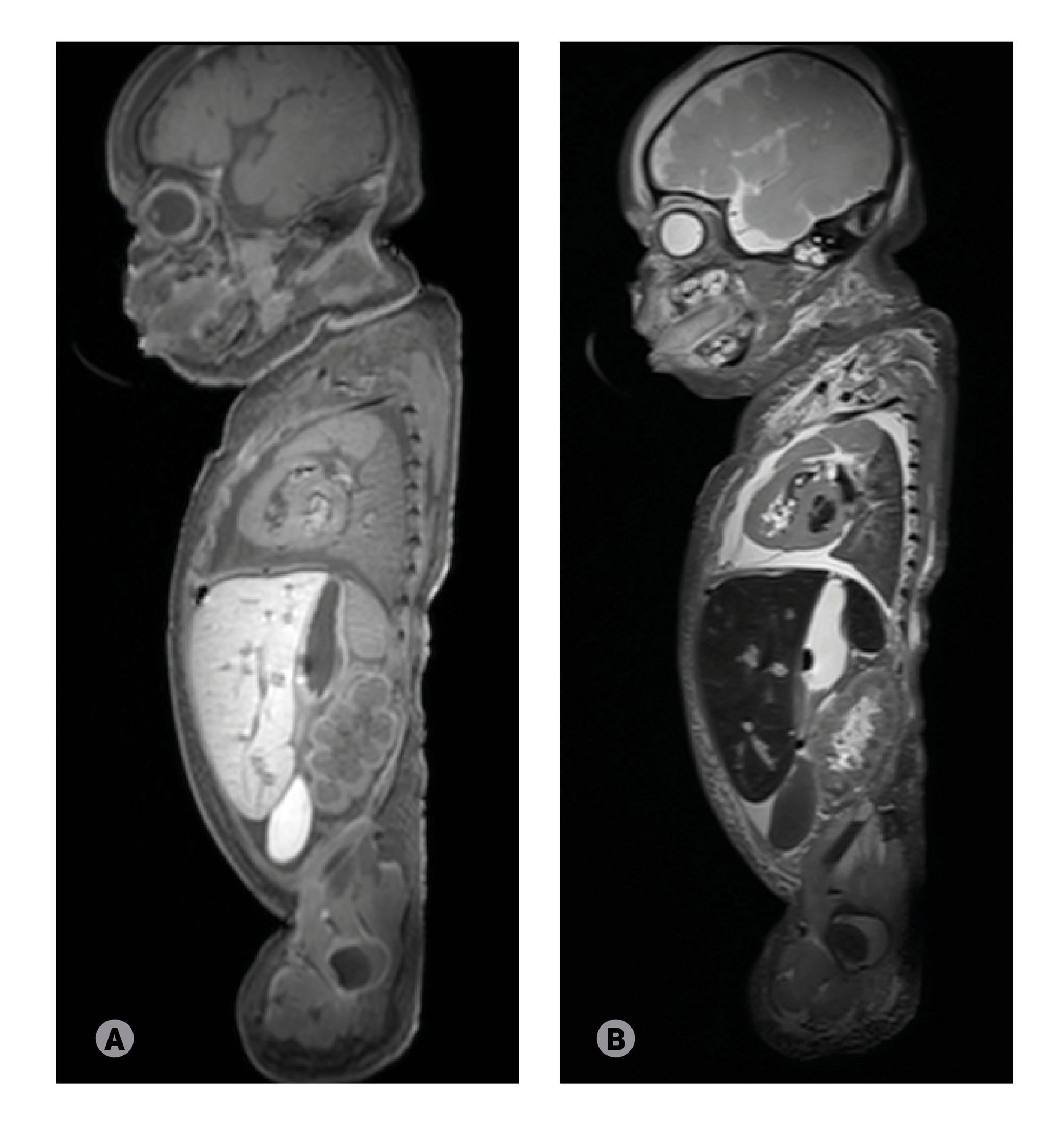
ISSN Print 2500–1094
ISSN Online 2542–1204
Bulletin of RSMU
BIOMEDICAL JOURNAL OF PIROGOV UNIVERSITY (MOSCOW, RUSSIA)

1 Kulakov Research Center for Obstetrics, Gynecology and Perinatology, Moscow, Russia
2 Pirogov Russian National Research Medical University, Moscow, Russia
Correspondence should be addressed: Uliana Tumanova
ul. Akademika Oparina, d. 4, Moscow, Russia, 117997; moc.liamg@avonamut.n.u
